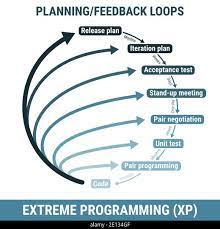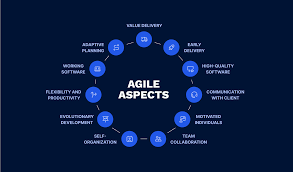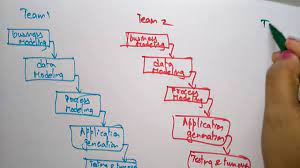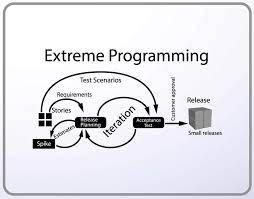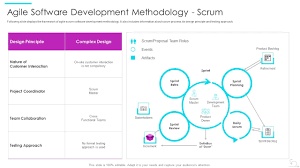Enhancing Connections: The Power of Seamless Contact Systems
Contact Us: Your Gateway to Seamless Communication
Communication is key in today’s fast-paced world, and having an effective way to connect with others is crucial. Whether you’re a business looking to engage with customers or an individual seeking information, the importance of a reliable contact system cannot be overstated.
Why Contact Matters
Having a clear and accessible contact system is essential for building relationships, resolving issues, and fostering trust. It serves as a bridge between you and your audience, allowing for seamless interaction and feedback.
Business Perspective
For businesses, a robust contact system is the lifeline of customer service. It enables customers to reach out with inquiries, feedback, or support requests, helping businesses address their needs promptly and efficiently. A well-managed contact system can also serve as a valuable tool for lead generation and relationship building.
Personal Perspective
On a personal level, having reliable contact information allows individuals to stay connected with friends, family, and colleagues. Whether through phone calls, emails, or social media platforms, staying in touch has never been easier thanks to modern communication tools.
Best Practices for Contact Systems
To ensure effective communication through your contact system, consider the following best practices:
- Provide multiple channels for communication (e.g., phone numbers, email addresses, contact forms).
- Ensure that contact information is up-to-date and easily accessible on your website or platform.
- Respond promptly to inquiries and messages to demonstrate your commitment to communication.
- Personalize interactions whenever possible to create a more engaging experience for your audience.
In Conclusion
Contact is more than just an email address or phone number – it’s the gateway to meaningful connections and successful interactions. By prioritizing effective communication through a well-designed contact system, you can enhance relationships, build trust, and create positive experiences for all parties involved.
Exploring ‘Contact’: Movie Insights, Sequel Possibilities, and Understanding the Concept
- Is Contact a good movie?
- Is there a Contact 2 movie?
- What do you mean by a Contact?
- What is the ending of Contact?
- How do I find my contacts list?
- What was the point of the movie Contact?
Is Contact a good movie?
When it comes to the movie “Contact,” opinions vary widely among viewers. Some praise its thought-provoking storyline, stellar performances, and visual effects, considering it a captivating sci-fi drama that explores profound themes. Others, however, criticize its pacing, scientific inaccuracies, or find the plot too complex to fully appreciate. Ultimately, whether “Contact” is deemed a good movie is subjective and dependent on individual preferences for science fiction films that blend intellectual depth with entertainment value.
Is there a Contact 2 movie?
The question “Is there a Contact 2 movie?” is a common query among fans of the science fiction film “Contact.” As of now, there is no official sequel to the original movie released in 1997, directed by Robert Zemeckis and starring Jodie Foster. While there have been discussions and rumors about a potential sequel over the years, no concrete plans or developments have been confirmed by the filmmakers or studios. Fans continue to express interest in a possible continuation of the story, but for now, the status of a “Contact 2” movie remains uncertain.
What do you mean by a Contact?
A contact refers to a person or entity with whom one can communicate or engage. In the context of communication systems, a contact typically represents an individual’s information, such as their name, email address, phone number, or other relevant details that allow for interaction. Establishing contacts is essential for maintaining connections, whether in personal relationships or business interactions. By defining and organizing contacts effectively, individuals and organizations can streamline communication processes and facilitate seamless interactions with others.
What is the ending of Contact?
The ending of “Contact,” a science fiction novel by Carl Sagan, and its film adaptation directed by Robert Zemeckis, is a thought-provoking conclusion that leaves viewers and readers contemplating the mysteries of the universe. Without revealing any spoilers, the ending of “Contact” delves into themes of faith, science, and the unknown, challenging audiences to ponder the complexities of human existence and our place in the cosmos. It is a poignant and intellectually stimulating finale that sparks discussions and interpretations long after the story concludes.
How do I find my contacts list?
To find your contacts list, you can typically access it through your email or messaging application. In most cases, there is a dedicated “Contacts” tab or option within the app where all your saved contacts are stored. You can also search for specific contacts by entering their names or contact information in the search bar provided. Additionally, some devices allow you to sync your contacts across multiple platforms, making it easier to access and manage your contact list seamlessly. If you’re having trouble locating your contacts list, refer to the app’s help section or settings menu for guidance on how to navigate to your saved contacts.
What was the point of the movie Contact?
The movie “Contact” explores themes of science, faith, and the search for extraterrestrial life. At its core, the film delves into the profound question of humanity’s place in the universe and our quest for understanding the unknown. Through its intricate storyline and compelling characters, “Contact” challenges viewers to ponder the complexities of existence, belief systems, and the endless possibilities that lie beyond our own planet.




